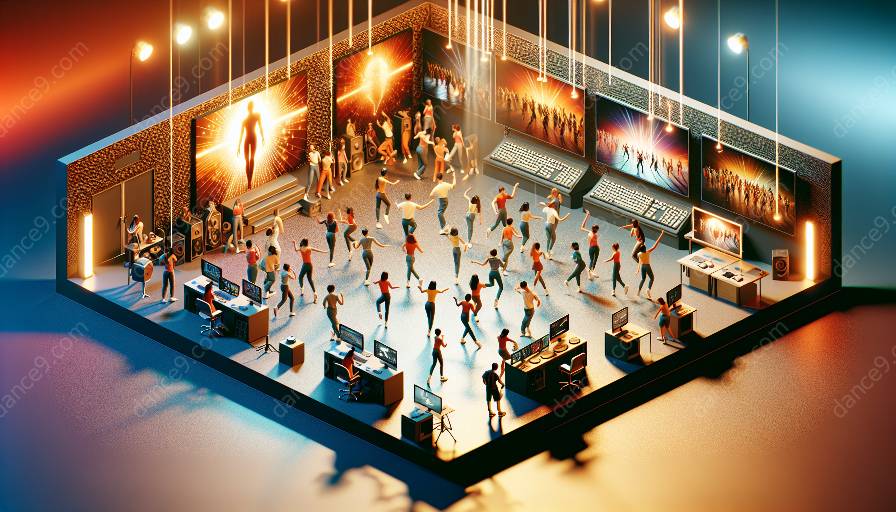Virtual reality (VR) has the potential to revolutionize the world of art by creating immersive experiences. This is particularly evident in the integration of VR with dance performances and video art, offering unique and captivating experiences for audiences and performers alike. In this comprehensive guide, we will explore the intersection of virtual reality, dance performances, and video art, and how technology is shaping the future of the dance industry.
The Intersection of Virtual Reality and Dance Performances
Dance performances have always been a captivating art form, eliciting powerful emotions and storytelling through movement. With the integration of virtual reality, this art form enters a new dimension, allowing audiences to experience dance in a completely immersive and interactive manner. Virtual reality technology can transport viewers to mesmerizing virtual landscapes and create a sense of presence within the performance, enhancing the overall impact and emotional connection.
Furthermore, VR enables dancers to push the boundaries of creativity and expression by incorporating digital elements and environments into their performances. This fusion of physical and virtual worlds results in innovative and visually stunning choreography that blurs the lines between reality and imagination.
Virtual Reality and Video Art in Dance Performances
Video art has long been interwoven with dance, providing a platform for choreographers and filmmakers to collaborate and create visually captivating productions. The integration of virtual reality into video art takes this collaboration to new heights, offering unique perspectives and enhancing the visual storytelling aspect of dance performances.
By leveraging VR technology, choreographers and filmmakers can craft immersive and multidimensional narratives that transcend traditional boundaries of space and time. Audiences can immerse themselves in a 360-degree visual experience, becoming active participants in the unfolding dance narrative.
The Impact of Technology on Dance
Technology has become an integral part of the contemporary dance landscape, influencing choreography, stage design, and overall production. With the integration of VR, dancers and choreographers are presented with an array of innovative tools to enhance their creative process and engage audiences in new and exciting ways.
From motion-capture technology that facilitates real-time interaction between dancers and virtual environments to interactive VR installations that invite audiences to explore the visual and aural elements of dance performances, the possibilities are limitless. As a result, the intersection of technology and dance has led to the creation of boundary-pushing and dynamic performances that redefine the traditional notions of dance.
Embracing the Future of Dance
As virtual reality continues to evolve, the potential for its integration with dance performances and video art is boundless. This technological revolution in the art world presents endless opportunities for creativity, collaboration, and audience engagement.
In embracing the future of dance, artists, choreographers, and technologists have the chance to explore uncharted territories, pushing the boundaries of expression and storytelling. By harnessing the power of virtual reality, the dance industry can embark on a journey of innovation, transforming performances into fully immersive and unforgettable experiences for audiences across the globe.

































